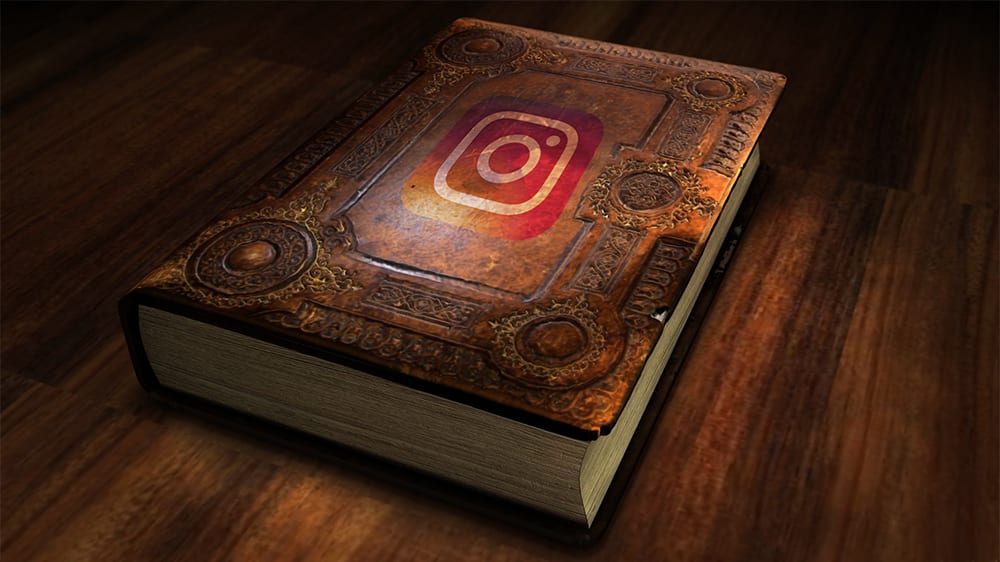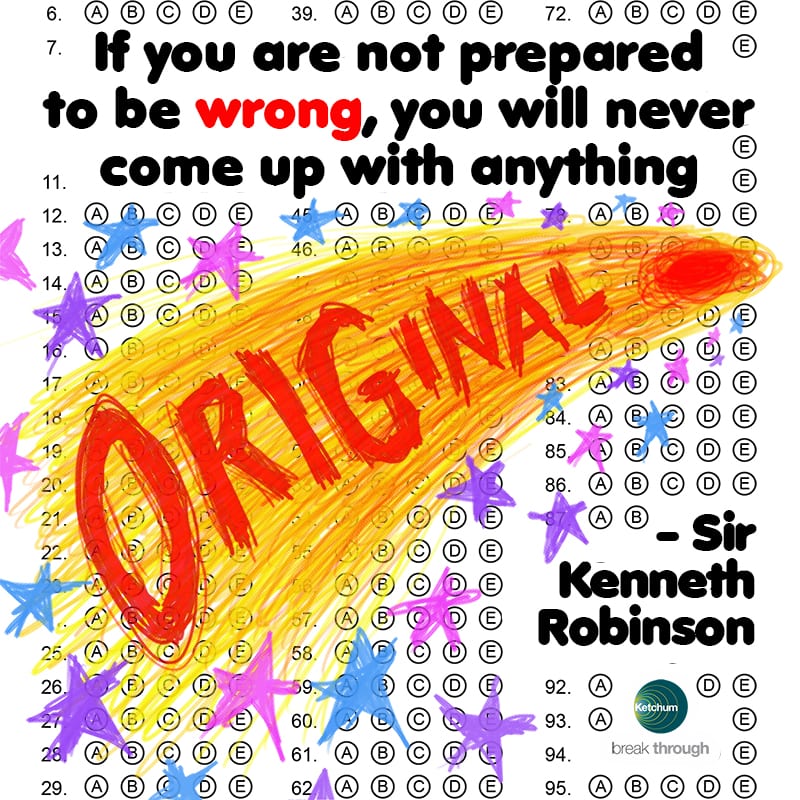 Instagram dropped a metaphorical vomit rainbow on Snapchat Tuesday with the launch of Instagram Stories, IG’s answer to Snapchat’s wildly popular “self-destructing” photo and video sharing platform. If Picasso were still gracing us with his genius, he might amend his most famous quote to read, “Good artists copy, great artists steal, and the best social platforms adapt.”
Instagram dropped a metaphorical vomit rainbow on Snapchat Tuesday with the launch of Instagram Stories, IG’s answer to Snapchat’s wildly popular “self-destructing” photo and video sharing platform. If Picasso were still gracing us with his genius, he might amend his most famous quote to read, “Good artists copy, great artists steal, and the best social platforms adapt.”
Like Snapchat, Instagram Stories allows users to post photos and videos that, rather than showing up on your primary feed, are housed within a separate “Your Story” icon and automatically self-destruct within 24 hours. Also like Snapchat (like, a lot like Snapchat), posts on Instagram Stories can be overlaid with hand-written notes (pretty neat neon drawing) and emoji.
As noted by social superman Gary Vaynerchuk, the jury is still out as to whether the update will lead to a Vine-esque takedown of Snapchat (highly unlikely), or even if “Snapchat for old people,” as I’ve heard one pre-teen call it, will work for the average Instagram user. But, as communicators, we should all be thinking about how this new feature impacts the ways brands and influencers communicate with their audience (click to tweet).
Here are a few top-line thoughts…
1. Real-Time, All the Time:
Instagram Stories will allow brands to use an already established platform to introduce a completely unique real-time POV. Those “lost moments” that hit the cutting room cloud, but express a valuable brand insight, now have a home. Consider Stories for more low-key product launch b-roll, panel speaker insights, seminar Q&As, and office milestones. Those shaky camera phone videos and sub-standard photos from the latest CEO speaking engagement or product launch can have a new life here.
2. True Story:
Instagram Stories might end up being a great vehicle to increase brand trust among your followers. You can share office culture outtakes, that impromptu wedding proposal, the Chief Marketing Officer being serenaded by colleagues on her birthday—moments that demonstrate why your company rocks. Your followers will likely agree once you allow them to peek behind the curtain in genuine way.
3. Bond, Names Bond:
We tend to forget that social media is at its best when it fosters fruitful one-to-one conversations. Unlike typical Instagram interactions, where all discourse is communal, Stories cannot be liked by individual users, cannot be shared via third-party platforms, and feedback can only be given via private message. This allows for more thoughtful, personal engagement and the nurturing of a stronger bond between the brand and individual consumers. Ignore comments at your own risk.
4. Love All Your Perfect Imperfections (John Legend Voice):
When the reigns of curation are held too tightly, a brand’s Instagram feed can feel a little too perfect and disingenuous, turning off some followers. Stories will allow brands to cast a wider net in what they share, thus creating more opportunities for followers to connect in a deeper, more authentic way. Use Stories to usher the behind-the-scenes into the front-and-center.
 5. All Mad Scientists Need a Test Laboratory:
5. All Mad Scientists Need a Test Laboratory:
The best social marketers take risks—but pushing envelopes can lead to mistakes. Imagine having a testing ground for these new ideas to take root and blossom in a protected environment. You could use Stories as a sandbox to experiment with memes, bommerangs, hyperlapse, new filters, roving reporter interviews, etc. Once an idea becomes fully baked in the beta-test kitchen, release it to your primary feed for wider consumption.
Any other thoughts on how brands can leverage Instagram Stories to build stronger relationships? Connect with me here to discuss.


